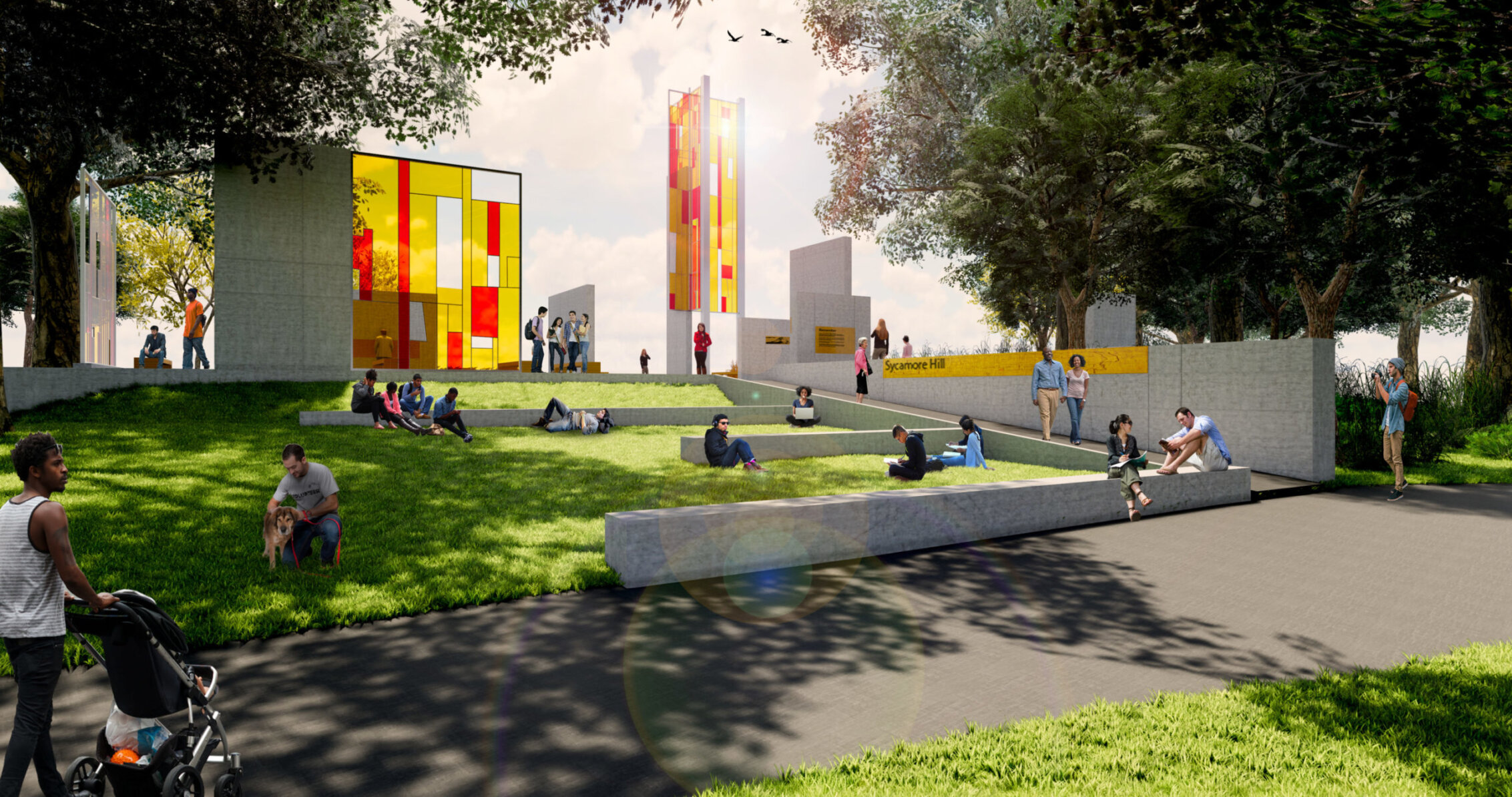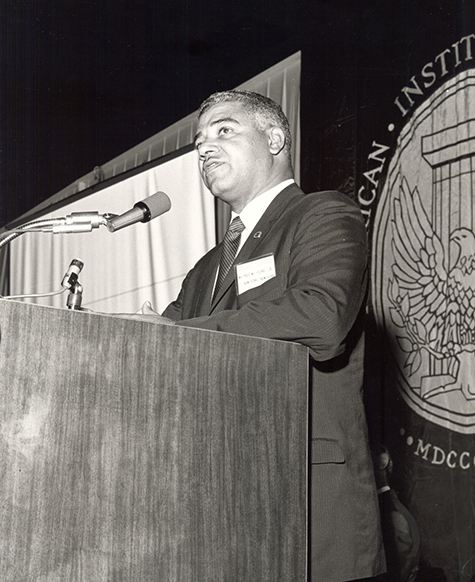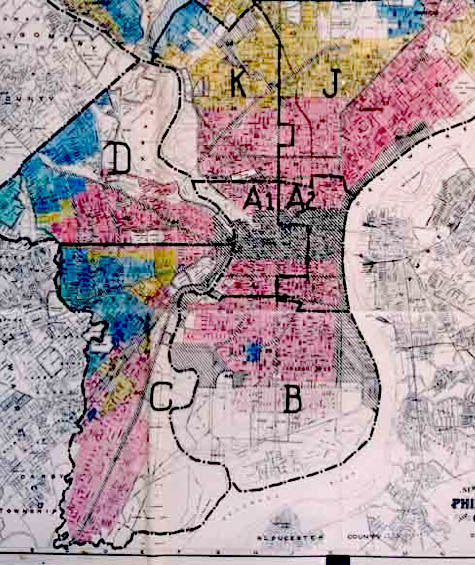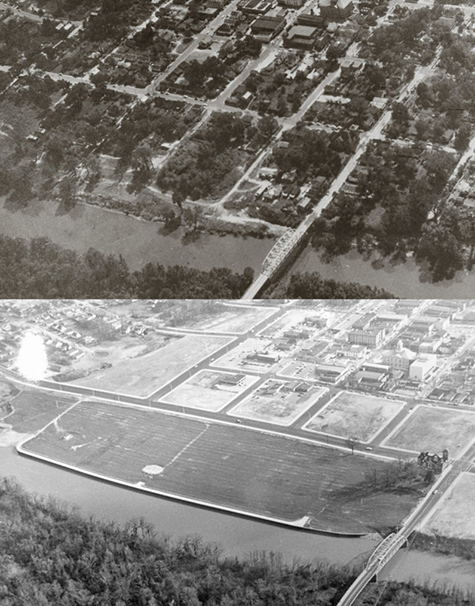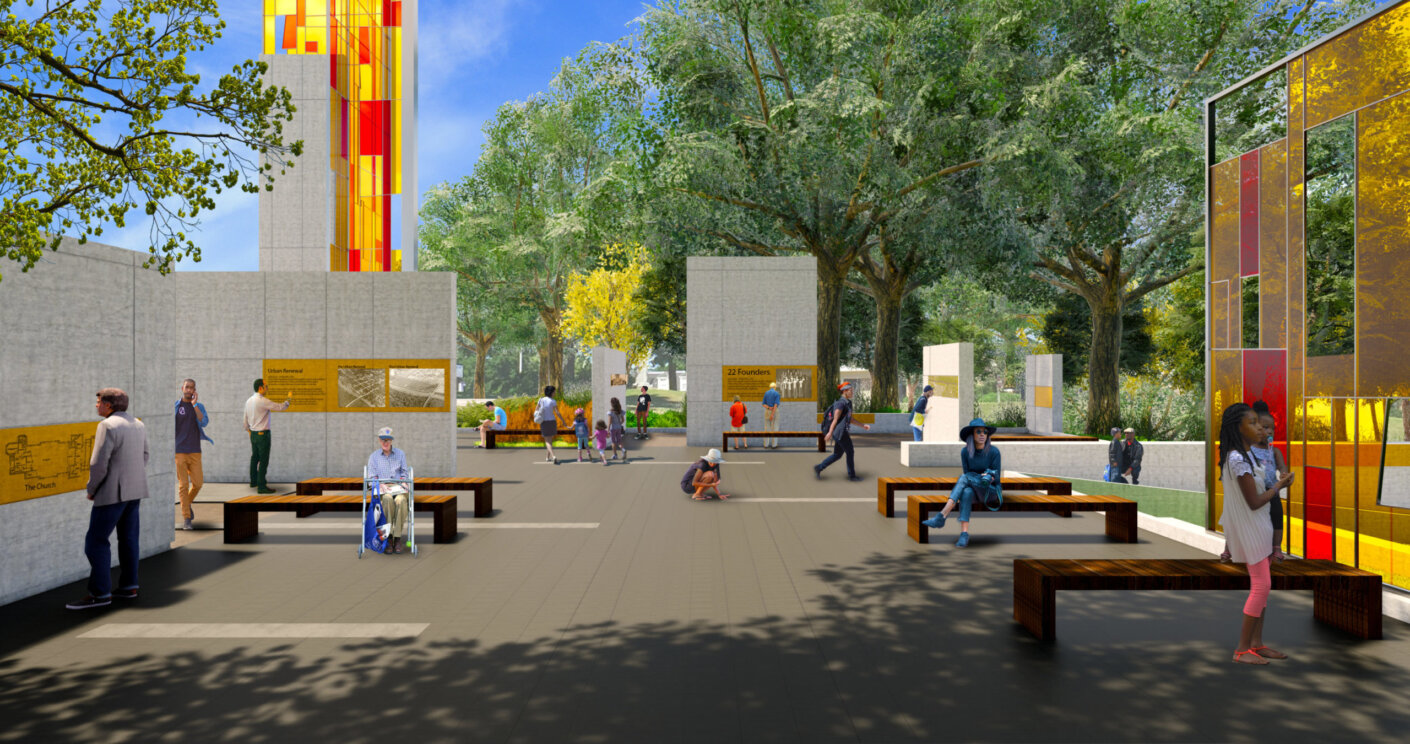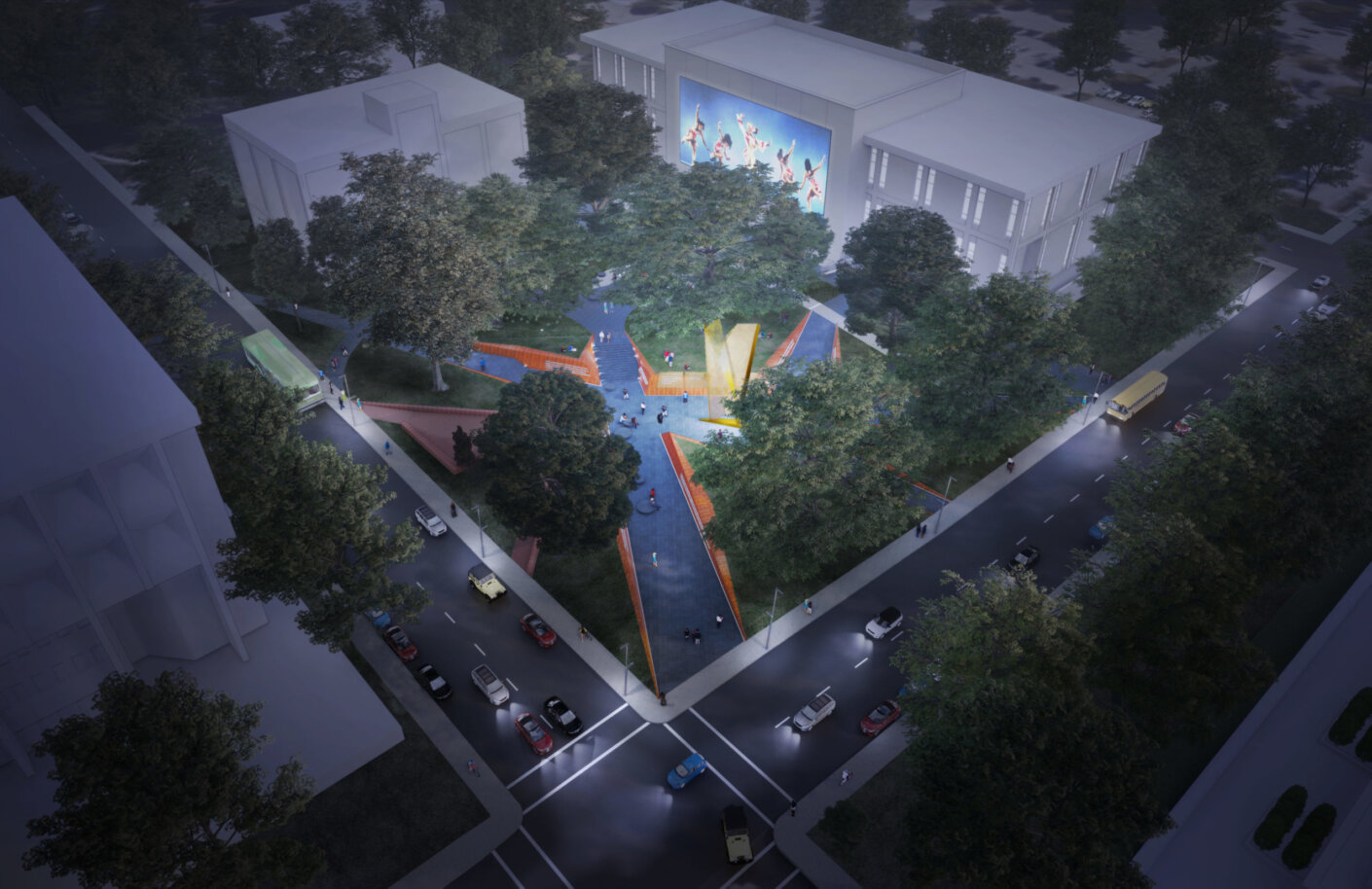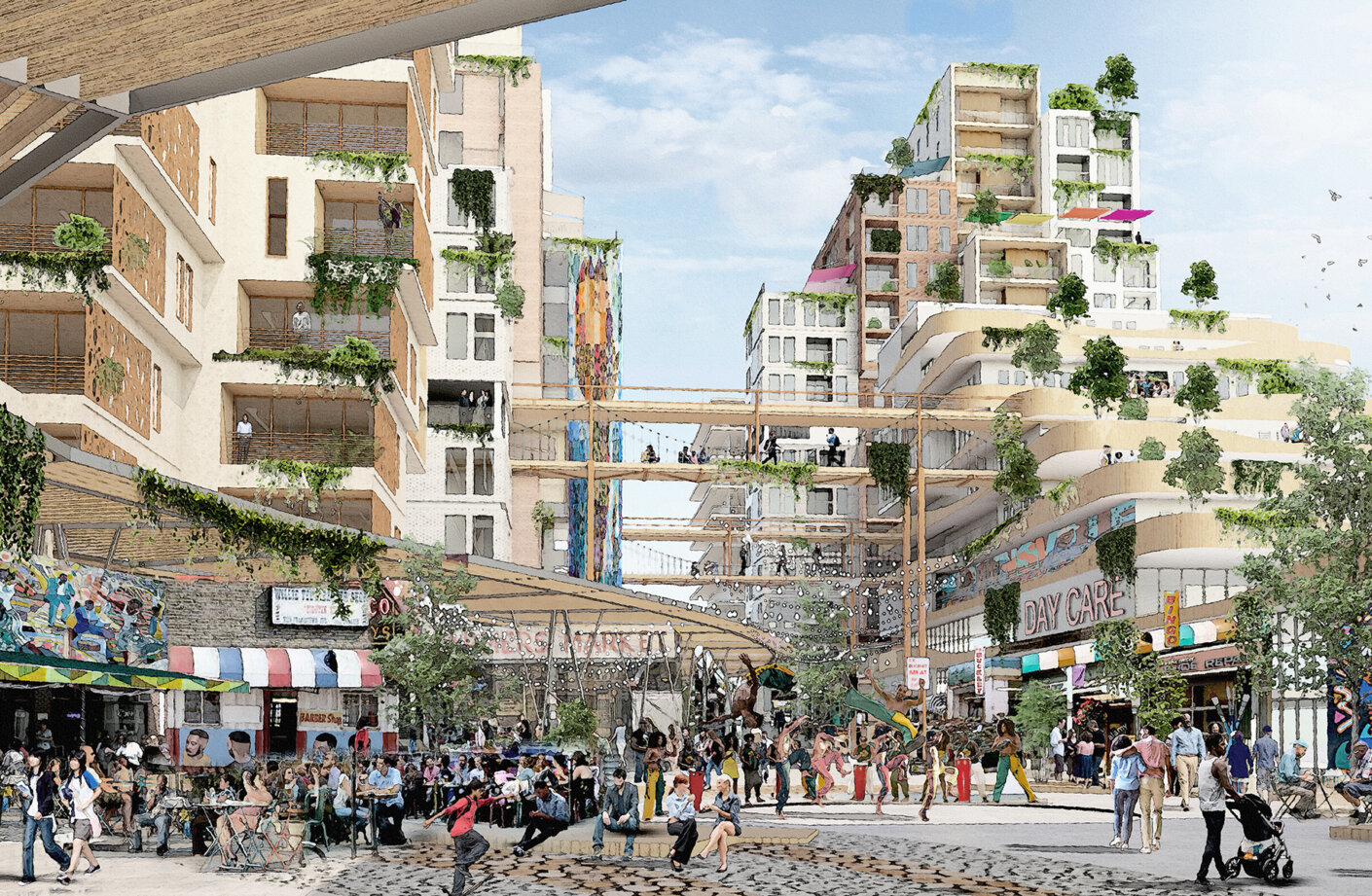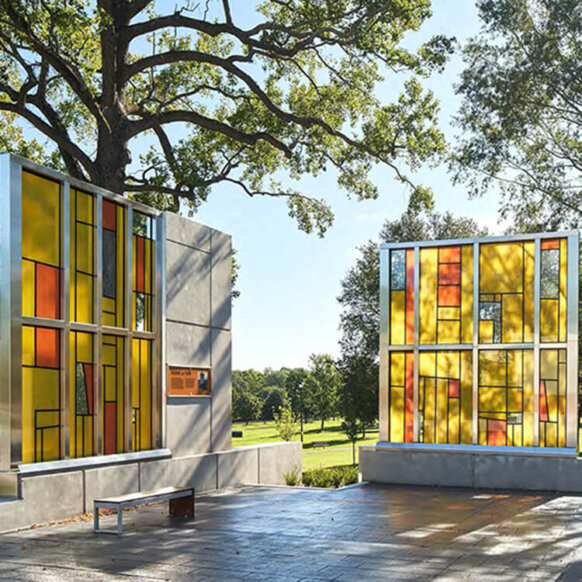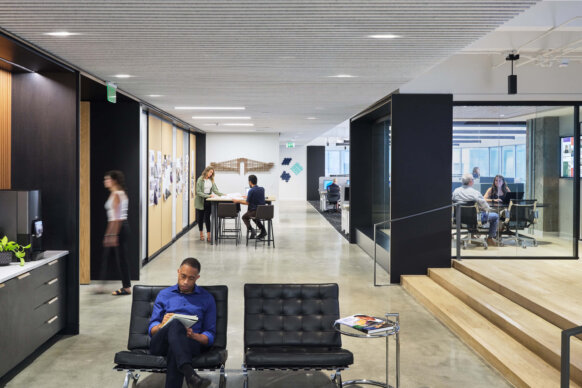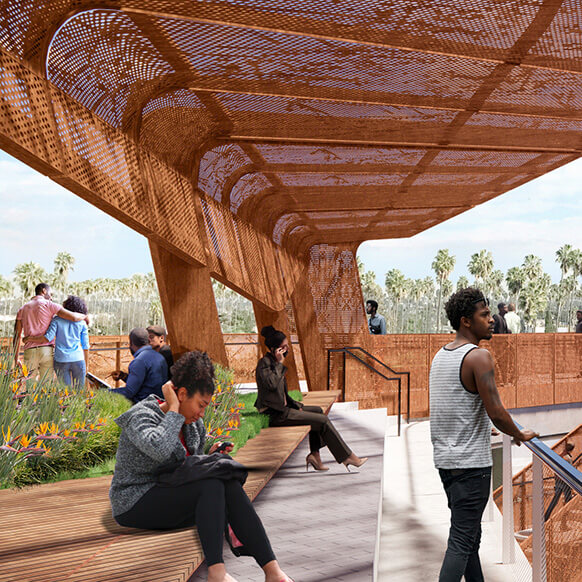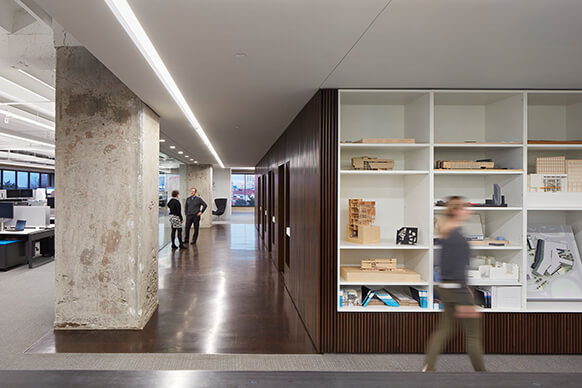Original article in The Dirt by Jared Green here.
Republished with permission by ASLA.
In the past few decades, there has been urban renaissance. As the populations of cities grow and change, in part through gentrification, we must honor the communities whose “opportunities were denied” due to redlining, urban renewal, and other discriminatory practices based on race. Urban planners, architects, and landscape architects can help communities unearth and then preserve this history through “remembrance design,” a process that can tell the story of “historically disenfranchised and negatively impacted communities,” said Kenneth Luker, with Perkins&Will, at a session at the Urban Land Institute (ULI)’s fall meeting in Washington, D.C. This is the way to “reconcile with the past and use history to create an inclusive future.”
Zena Howard, principal and managing director, and Michael Stevenson, urban designer at multidisciplinary design firm Perkins&Will; Cynthia Lau, a planner with the Vancouver city government; and Kofi Boone, ASLA, a professor of landscape architecture at North Carolina State University, explained how to plan and design that shared future.
Howard said “curiosity about the past can drive a process of remembrance. We can research and dig into communities to recover memories of removed or destroyed areas.” Through connecting with African American communities that have experienced a history of urban displacement, designers can help “build community awareness, foster memorable experiences, embrace cultural identity, celebrate memory, and honor unique assets.”
She called for undertaking a true discovery process with communities that have been impacted by urban renewal, redlining, or other forms of racism. “Discovery is not just community engagement — it is the process.”
